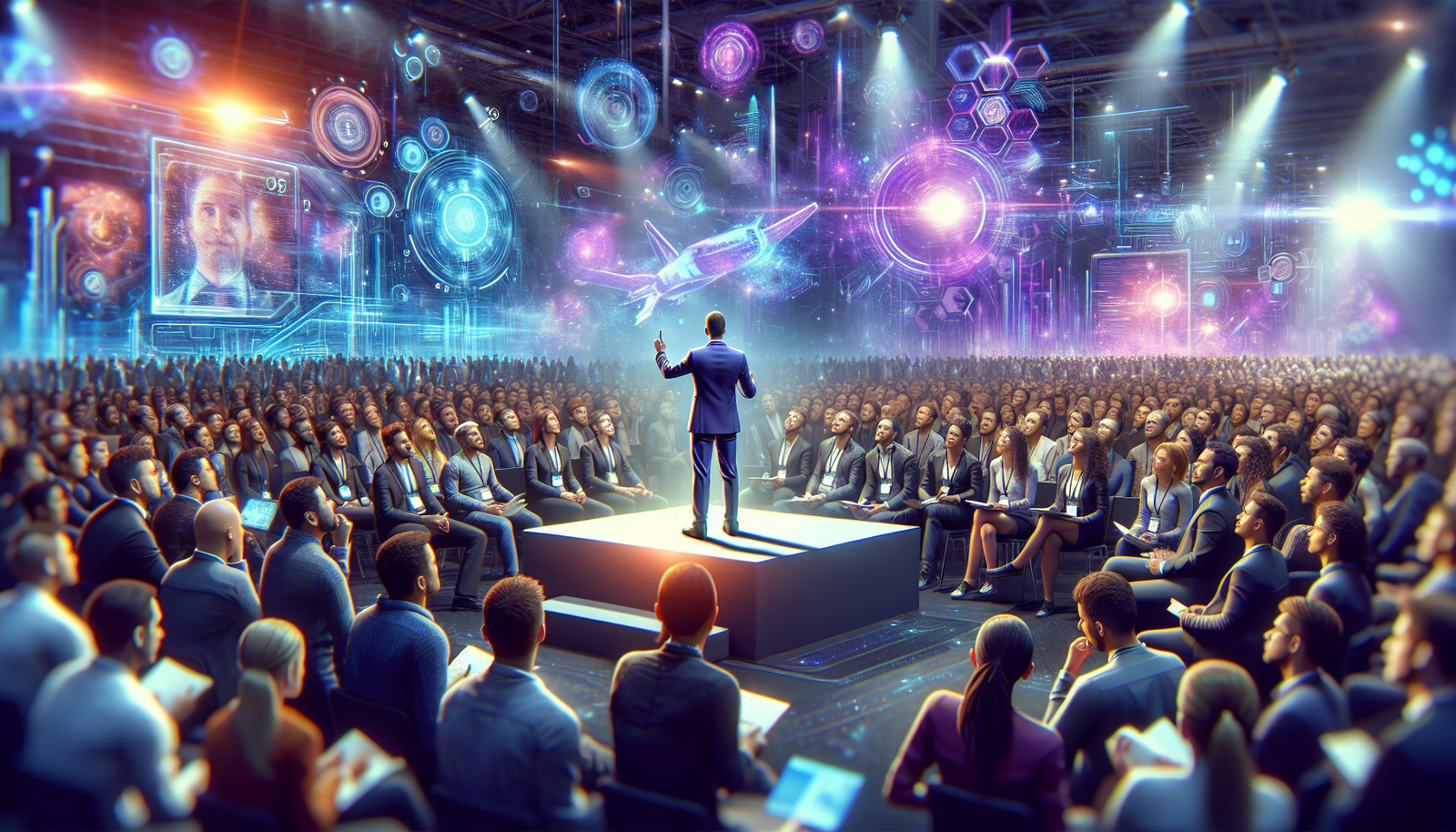Disruptive innovations in artificial intelligence take shape through the speech of Jensen Huang, CEO of Nvidia, at the CES 2025 event. He presented significant advances in the field of autonomous technologies and robotic systems. The emphasis on new processors aimed at autonomous vehicles and robotics *transcends current expectations* regarding computing power.
Assessing the future of *AI applications*, Huang highlighted the importance of an interconnected ecosystem, reinforcing the idea that innovation is emerging as the driving force behind industrial progress. *Each advancement* mentioned in his address has profound implications for how the technology sector might evolve, thus revealing a future clearly oriented towards optimizing performance through nanometric solutions.
Nvidia’s technological advancements
In his speech at CES 2025, Jensen Huang, the CEO of Nvidia, presented significant advancements in the field of artificial intelligence (AI) and semiconductors. He revealed new chips intended for laptops and PCs, promising unprecedented performance. The predominant themes were AI, robotics, and autonomous vehicles.
The principles of AI evolution
Huang articulated three fundamental principles: massive model training, reinforcement learning for optimization, and the integration of AI into physical systems. This approach aims to revolutionize traditionally viewed sectors such as manufacturing and logistics, estimated at $50 trillion.
New chips and accessibility
During the event, the CEO also announced the arrival of the GeForce RTX 50, with models starting at $1,299. These innovative chips are designed to face the rising competition in the semiconductor market.
The impact of AI on industry
The implications of AI for robot empowerment were highlighted. Huang emphasized that the development of new algorithms would enable robots to achieve a level of autonomy close to that of humans. This desire to integrate AI into various sectors will undoubtedly constitute a turning point.
Acquisition and strengthening partnerships
Nvidia continues to strengthen its global presence. For instance, the company has made significant strides in India, collaborating with leading companies to develop AI solutions tailored to the local market. This strategy aims to establish synergies and seize unexplored opportunities.
Market reactions
Huang’s announcements have sparked a positive momentum in the markets. The Nasdaq and the S&P 500 have experienced significant rises due to the momentum initiated by Nvidia. The company’s performance inspires confidence and generates a renewed interest in AI-related technologies.
Forecasts and visions for the future
Bold forecasts were made by Huang: Nvidia aims to dominate the chip sector through continuous technological innovations. The rise of AI applications, coupled with robust platforms, fosters an infrastructure conducive to rapid market evolution.
Geopolitical consequences
The speech also addressed geopolitical themes. Issues surrounding chip production in response to trade tensions emerged. Nvidia must navigate these challenges while advancing its strategic interests, particularly concerning new AI processors.
Conclusion of the speech
In summary, Huang’s speech emphasized Nvidia’s assertive position as a leader in the technology sector. The company continues to innovate while addressing contemporary challenges posed by increasing competition. Future results will depend on Nvidia’s ability to maintain this momentum and meet market expectations.
Frequently asked questions
What are the main themes addressed by Jensen Huang during his speech at CES?
During his speech, Jensen Huang highlighted major themes such as advancements in artificial intelligence, modern robotics, the development of autonomous vehicles, and innovations surrounding new graphics processors.
How does Nvidia plan to use artificial intelligence in its future products?
Nvidia aims to integrate artificial intelligence into its applications and products to make computer vision and machine learning technologies more accessible and effective, especially in the fields of robotics and autonomous cars.
Were there any specific announcements regarding new chips?
Yes, Jensen Huang announced the launch of several new chips, including the GeForce RTX 50, which will be available starting at $1,299, focused on improving performance for laptops and gaming.
Can we expect improvements in the gaming sector thanks to these new technologies?
Absolutely, the introduction of new graphics technologies and specialized chips is expected to provide an enhanced gaming experience, with more realistic graphics and reduced response times.
What impacts might the presented innovations have on traditional industries?
The innovations, particularly in the field of AI, are expected to transform industries, especially those of manufacturing and logistics, by improving efficiency and reducing operational costs through automation.
Did Jensen Huang mention any upcoming collaborations with other companies or institutions?
Yes, he mentioned partnerships with companies and startups to further develop AI technology, particularly in the field of education and research.
How do the announcements made at CES strengthen Nvidia’s position in the market?
The announcements underscore Nvidia’s commitment to innovation and technological leadership, thereby consolidating its position as a leader in the field of chips and AI solutions, in response to the growing demand from consumers and businesses.






